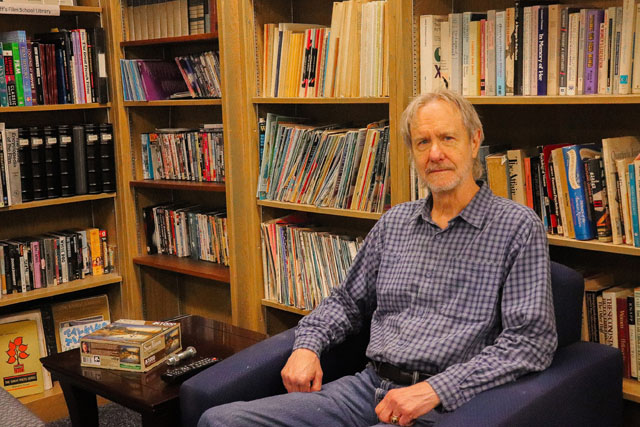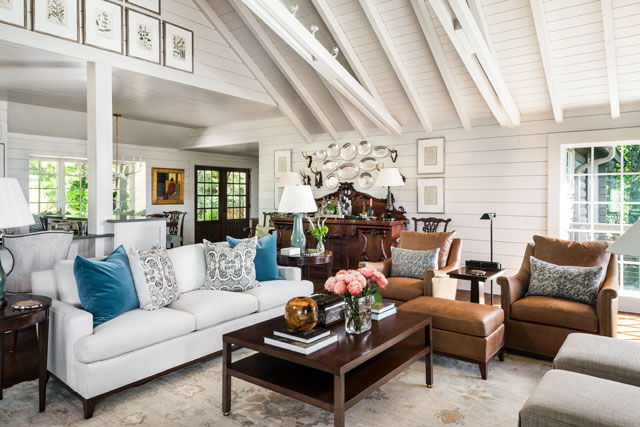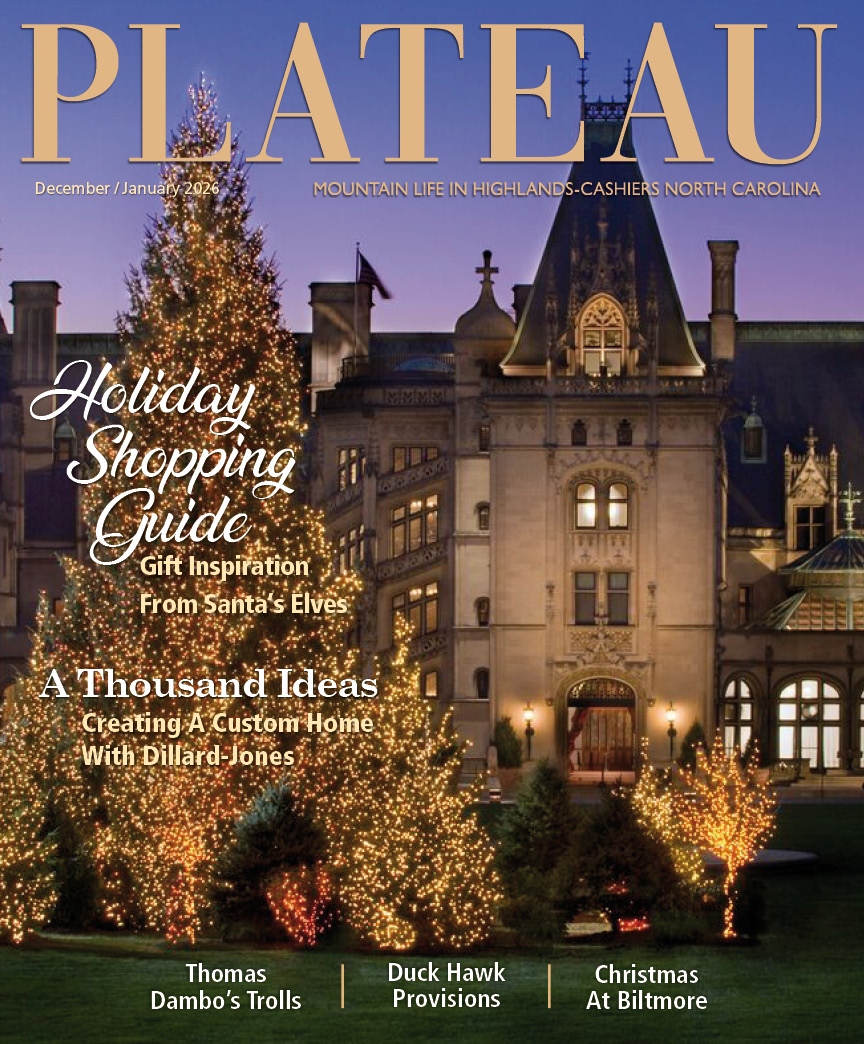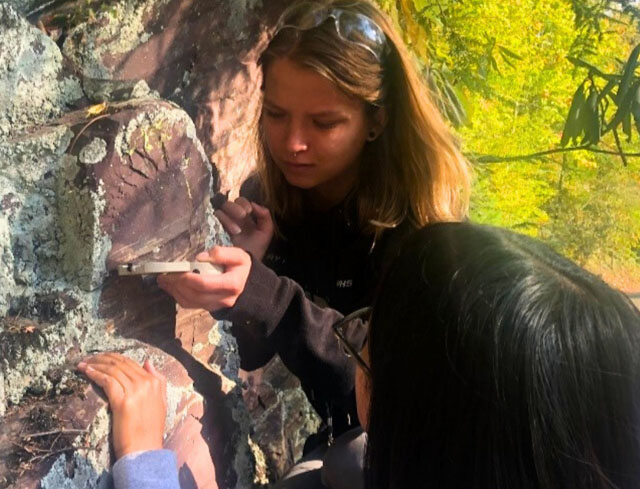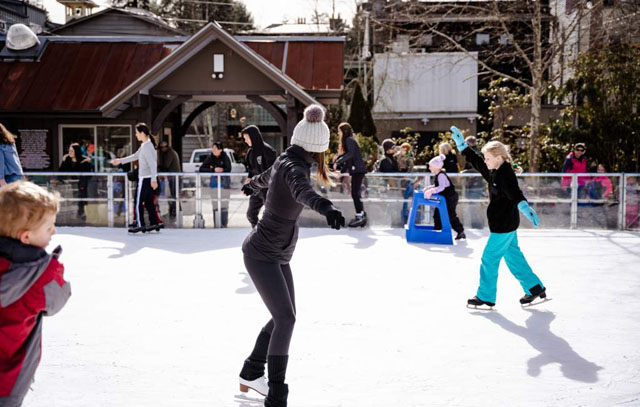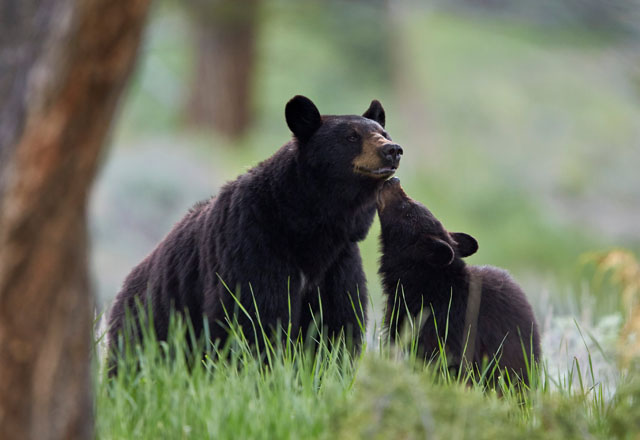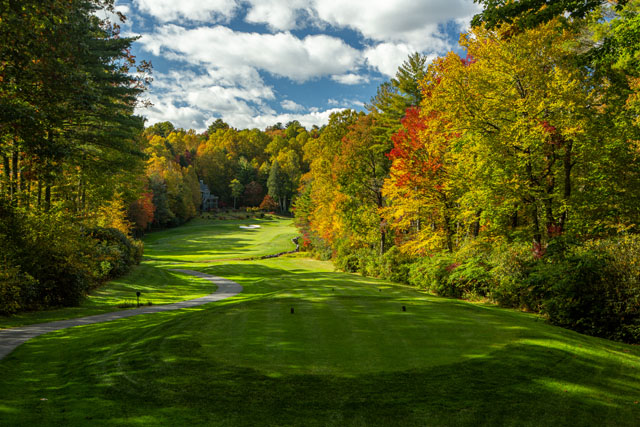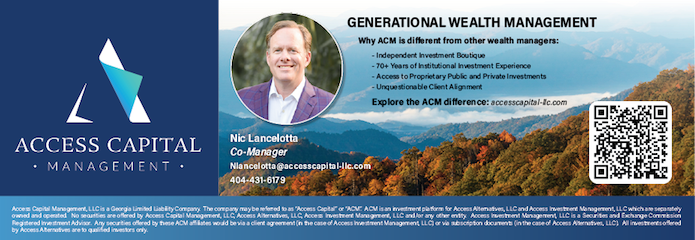Transformative Collectivity
04 Dec 2024
The Walk Cashiers initiative is changing the way Cashiers connects
By KAT FORD
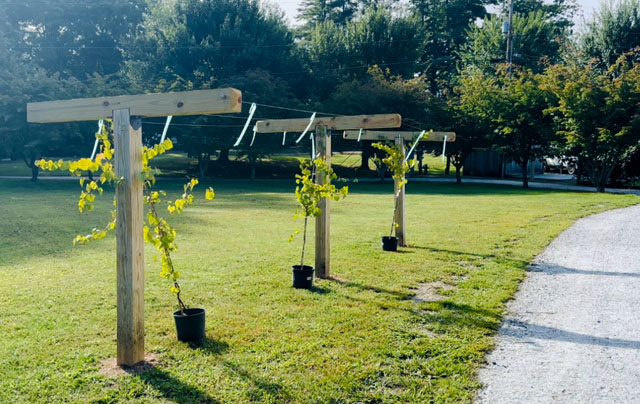
You may have noticed that it was a little easier to walk around Cashiers this summer. When the ribbon was cut to open Phase One of the Cashiers Greenway Ramble in July, it celebrated a twenty-year history and the efforts of countless volunteers and businesses to make Cashiers walkable. What started with Bob Dews, then owner of the Laurelwood Inn, and his friends raising $25,000 to create the Cashiers Walking Trail decades ago ultimately grew, changing guardianship hands to Vision Cashiers and what is now a transformative 10-million-dollar project.
In 2019, the Cashiers Area Chamber of Commerce hired the Urban Land Institute to study how Cashiers could preserve its unique character and charm. They found that walkability and connectivity were crucial and noted that Vision Cashiers was the best-fit organization to take the lead. Equinox Environmental in Asheville, known for its sustainable environmental approach to projects, was chosen as a master plan consultant. Over the next years, sometimes while working remotely across multiple states during the COVID-19 pandemic, volunteers, businesses and multiple Vision Cashiers task forces worked to secure easements, build sidewalks, create and install free public Wi-Fi, and plan for maps, signage and wayfinding. By 2023, the project had grown into a community development alliance with stakeholders, including the Cashiers Area Chamber of Commerce, Cashiers property owners, charitable foundations, donors, local developers, Jackson County and Vision Cashiers. The initiative took on the name "Walk Cashiers," with all decisions requiring unanimous consent from the Chamber, Jackson County and Vision Cashiers.
While Phase One consists of a complete trail mile, the final project will be a five-mile network of sidewalks, pathways, boardwalks and public spaces incorporating "smart village" technology, including lighting, Wi-Fi, emergency alerts, and the infrastructure to enable future "smart" features. The pathways include a variety of surfaces that allow accessibility for multiple ages and abilities to bike, hike, stroll and walk safely with public art, pocket parks and historical and educational signage.
Walk Cashiers' goal is transformative connectivity, achieved in multiple ways. First, and most apparent, the trail offers economic benefits, supporting small businesses and sustaining increasing tourism while reducing traffic at the Crossroads and protecting air quality. Second, it allows visitors and residents ample opportunities to meet and gather in public spaces while encouraging low-impact outdoor activities, healthier lifestyles and improving mental and physical health. Third, with StoryWalk™ trials, informational signage, and native landscapes, the Cashiers Greenway Ramble will serve as an outdoor classroom.
For the many in our community who have witnessed the vision become a reality over the last twenty-plus years, it is apparent that stewardship is a baton handoff, not an individual endeavor. As those living and working in one of the most pristine, biodiverse areas of the country, it is our duty to ensure that as we grow, we do so in innovative ways that protect the ecosystem on which area wildlife and our tourism-focused businesses rely. Cashiers has always relied on sage stewards and will continue to need them in the future. That is why Walk Cashiers asked the Oconee Bell Native Plant Society to advise on landscapes throughout the pathways, bringing trail users closer to the flora and fauna that define our region.
The award-winning Dargan Landscape Architects, celebrating their fiftieth year in business, offered professional guidance and recommendations for areas throughout the Cashiers Greenway Ramble. This includes the garden at the new Thomas Taulbee Memorial Entrance, named in honor of the Chamber’s late executive director and located at the Cashiers Area Chamber of Commerce & Visitor Center. While Mary Palmer Dargan has donated much time to the project, she proudly points out that Dargan Landscape Architect’s Arielle McIntyre has worked closely on the project.
By planting native species, McIntyre notes that not only are they low maintenance and cost-effective, but they also "honor the spirit of place, enhance the character of Cashiers and create a unique look that is not replicable in other regions." McIntyre shares that plans include "looking for ways to revive Appalachian culture and foodways." One such example was building an arbor for the existing grapevines that grow behind Buck's Coffee Cafe. "People have been picking grapes back there forever, so we added a native muscadine plant for public foraging opportunities. These are things that our grandparents and parents used to do."
Inspired by the Dr. George Washington Carver Edible Park in Asheville, the first public food forest, McIntyre says other low-maintenance options could include native berries or pawpaw trees supporting native butterflies. For plateau residents interested in rewilding their landscape, which has benefits ranging from providing food and shelter for pollinators and wildlife to erosion control, McIntyre encourages you to join the Oconee Bell Native Plant Society at www.ncwildflower.org.
Public art from area artists adorns the Cashiers Greenway Ramble, made possible through partnerships with The Bascom: A Center for the Visual Arts and Vision Cashiers. Current sculptures are located next to the Boys & Girls Club of the Plateau, McKinney Meadow, Slab Town Pizza, and the Cashiers Greenway Ramble's Thomas Taulbee Memorial Entrance. This growing collection of sculptures is on loan and available for purchase, providing vital economic opportunities for regional artists to display and sell large works. Even here, Walk Cashiers demonstrates the balance between ecological and economic tutelage. McIntyre stresses that lighting on the Cashiers Greenway Ramble, including spotlighting on sculptures, is on timers, keeping Cashiers' night skies a dark corridor and migrating wildlife undisturbed.
Paul Robshaw, president of Vision Cashiers, credits the Cashiers Greenway Ramble's success to generous businesses, donors, organizations and volunteers. Not only have businesses and property owners agreed to allow access, but developers have embraced Walk Cashiers by agreeing to build walkability into future developments. Area contractors have done work for cost, including Dargan Landscape Architects, Lehotsky & Sons Builders, who helped with core construction; Miguel Mireles Landscaping, who built grapevine arbors and installed locust posts as well as helping with maintenance and repairs; and Bobby Botev of Highland Mark who built the down lighting and internet throughout.
In many ways, the Cashiers Greenway Ramble is transforming how visitors and residents connect. To donate your time and talents, including grant writing for future funding, or to financially contribute to this community-wide project, visit www.visioncashiers.com.

